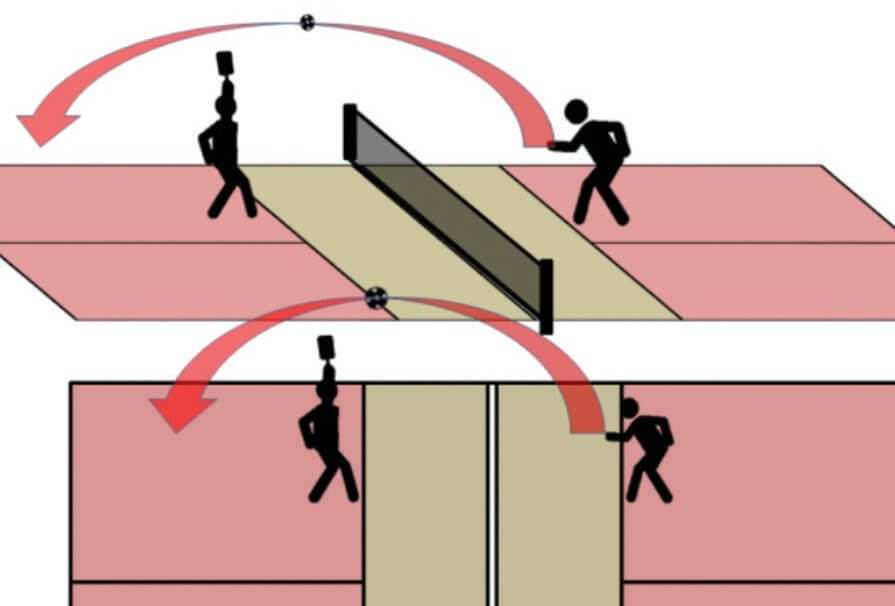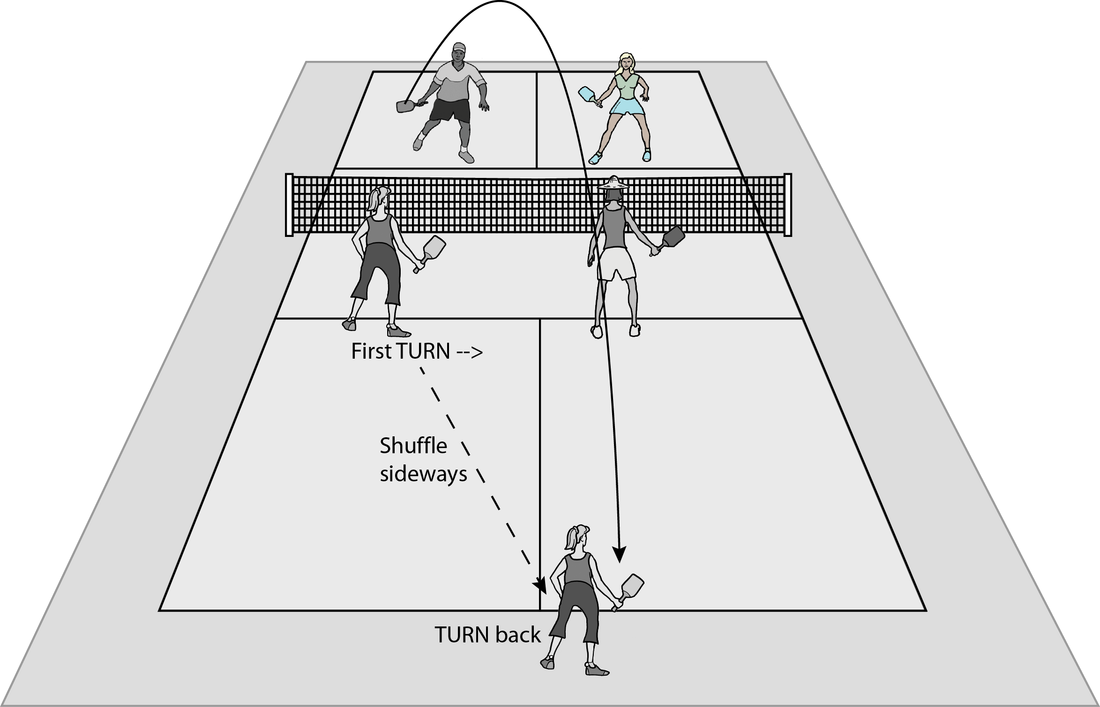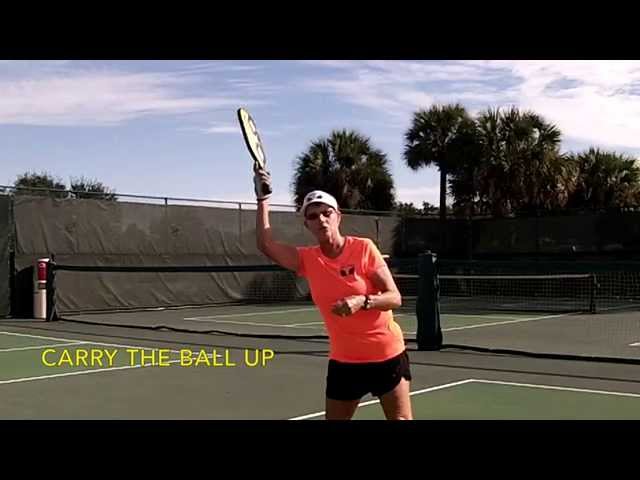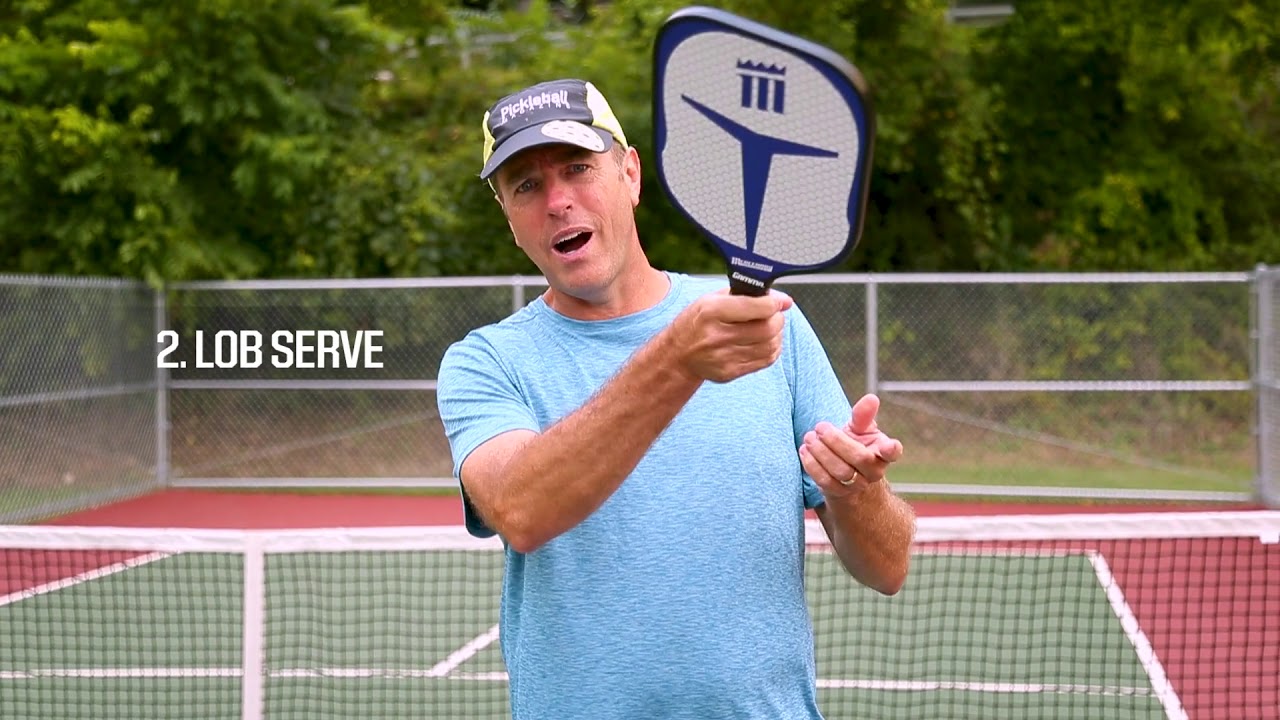Mastering the Pickleball Lob Serve: A Comprehensive Guide
The pickleball lob serve is not just another shot in your arsenal; it’s a high-flying weapon that can change the course of a game. Picture this: your opponent is confidently positioned at the net, anticipating a strong drive, only to be met with a perfectly executed lob that soars over their head. The expression of surprise on their face is priceless. The lob serve creates not only scoring opportunities but also forces your opponent to adjust their rhythm and positioning on the court. This guide will delve into the intricacies of mastering the lob serve, offering insights into techniques, strategies, and common pitfalls to avoid along the way.
Fundamentals of a Lob Serve
Before diving into advanced strategies, it’s crucial to understand the foundational elements of a successful lob serve. Start with your grip; the continental grip is the preferred choice for this technique as it allows for both control and the ability to impart spin. Your stance should be firm, with your feet shoulder-width apart and slightly forward, ready to transfer your weight into the shot. The backswing is equally important; hold the paddle behind your head, keeping your elbow high and paddle face parallel to the ground. This preparatory phase can feel like a delicate dance the fluidity of your motion determines the outcome of the lob.

As you transition into the forward swing, initiate with a slight drop of your elbow, engaging your shoulders in a rotational movement. This generates necessary power for your shot. Making contact with the ball slightly in front of your body is crucial; employing a brushing motion with your paddle face will facilitate the topspin necessary for a high, arcing trajectory. Conclude your swing with a deliberate follow-through, where your paddle points skyward, almost as if reaching for the clouds.
Key components to consider include:
- Height: Aim for a high arc that clears the net by at least a foot. The higher the lob, the more difficult it becomes for your opponent to return.
- Spin: Generating topspin will add complexity to the ball’s path, making it unpredictable.
- Placement: The back corners of the court are ideal targets, forcing your opponent to move while increasing the difficulty of their return.
Table: Fundamental Techniques for Pickleball Lob Serve
| Element | Technique |
|---|---|
| Grip | Continental grip for max control |
| Stance | Feet shoulder-width, weight slightly forward |
| Backswing | Paddle behind head, elbow high |
| Contact | Brush with paddle slightly in front |
| Follow-through | Paddle pointing up toward the sky |
Tips for a Successful Lob Serve
To be effective, variety is key. Varying the speed of your lob can keep your opponents off-balance. A slow lob may buy you time, while a quicker delivery can catch them unawares. Consider integrating spin to further enhance your serve’s unpredictability. By altering your technique slightly, you can add topspin or backspin, each requiring your opponent’s different responses and timing.

Mixing up your serves is essential for maintaining pressure. A lob serve is most effective when it’s not the only weapon in your arsenal. Combining it with aggressive serves like flat drives or deceptive drop shots can disrupt your opponent’s rhythm.
The following strategies can elevate your lob serve from mundane to phenomenal:
- Target the back corner of your opponent’s court to stretch them out and force an error.
- Change up the height and spin frequently to keep your opponent guessing.
- Implement game variations. Experiment with lobbing to different areas of the court in practice sessions to refine your skill.
Key Strategies for Lob Success
| Strategy | Description |
|---|---|
| Targeting Back Corners | Forces opponent to cover more ground |
| Varying Speed | Keeps opponent off-balance |
| Mixing Serves | Combines different types for unpredictability |
Common Mistakes to Avoid
Even the most skilled players can falter; recognizing common pitfalls is key to improving your lob serve. A frequent error is hitting the ball too low, resulting in a weak lob that’s easily returned. This misstep negates the element of surprise your lob can bring.
Additionally, using a loose grip can lead to inconsistent contact, allowing the ball to stray off course. Control is paramount; a relaxed yet firm grip ensures precise execution. Neglecting the follow-through is another common mistake. A lack of follow-through can sap your shot of power and spin, rendering your lob predictable and ineffective.
Common Mistakes Overview
| Mistake | Impact |
|---|---|
| Hitting too low | Weak return shot |
| Loose grip | Inconsistent contact |
| Not following through | Lack of power, spin |
Advanced Techniques
Mastering the lob serve requires moving beyond basic execution. For instance, harnessing the wind to your advantage can be a game-changer, especially in outdoor play. Playing with the elements demonstrates your adaptability and can easily surprise opponents.

Cross-court lobbing offers a tactical advantage as well; targeting the far side of the court can create angles that are difficult for your opponent to respond to effectively. A varied toss height, transforming the element of unpredictability, can further enhance your strategy. By changing the elevation of your toss, you force your opponent to recalibrate their approach, potentially leading to a tactical error.
Advanced Techniques Summary
| Technique | Purpose |
|---|---|
| Harnessing the Wind | Surprise opponent with unpredictability |
| Cross-Court Lobbing | Create difficult angles |
| Varying Toss Height | Force opponent to adjust their play style |
When to Use a Lob Serve
Timing your lob serve correctly can significantly alter the pace and dynamics of a match. Situations in which a lob serve shines include:

- When both opponents are at the kitchen line: Pulling them back can open up the court for follow-up shots.
- During a dink rally: A well-timed lob can break the cycle and yield scoring opportunities.
- When your opponents are running or leaning forward: Catching them off-guard can lead to an unanticipated defensive scramble.
- When you need to buy time: A lob can reset your positioning and give you a moment to recalculate your next move.
- Using an offensive or defensive strategy: Lobbing over an aggressive opponent can expose weaknesses in their positioning.
Ideal Scenarios for a Lob Serve
| Scenario | Advantage |
|---|---|
| Opponents at kitchen line | Opens up court for follow-up shots |
| Dink rally | Changes tempo, breaks rhythm |
| Opponents running or leaning | Forces an adjustment, creates space |
| Need for a reset | Buys crucial time |
The Lob Serve in Different Playing Styles
Understanding how your playing style influences the use of the lob serve is critical. In recreational play, the lob serve can be used sparingly, acting as a surprise tactic to catch your opponents off-guard. In more competitive contexts, however, a strategic approach is vital; the lob serve can serve as a critical part of your overall game strategy.
By adapting your use of the lob to fit the demands of the situation, you enhance its effectiveness and contribute to a more versatile style of play.
Playing Styles Summary Table
| Style of Play | Lob Serve Usage |
|---|---|
| Recreational | Used sporadically, focused on fun |
| Competitive | Integral to strategy, creates advantages |
Conclusion
In summary, the pickleball lob serve is a multifaceted shot that possesses the potential to dramatically elevate your game. By understanding the fundamental techniques, developing advanced strategies, and diligently practicing, you can ensure that this high-flying shot becomes a reliable component of your arsenal. As you master this serve, embrace creativity; experiment, and discover what variations resonate with your individual playing style. Ultimately, consistent practice and strategic thinking will not only enhance your performance but also amplify your enjoyment of the game.
So why wait? Head to the court, practice your lob serve, and watch as it transforms your game, providing both tactical advantages and, perhaps, even a little flair.
